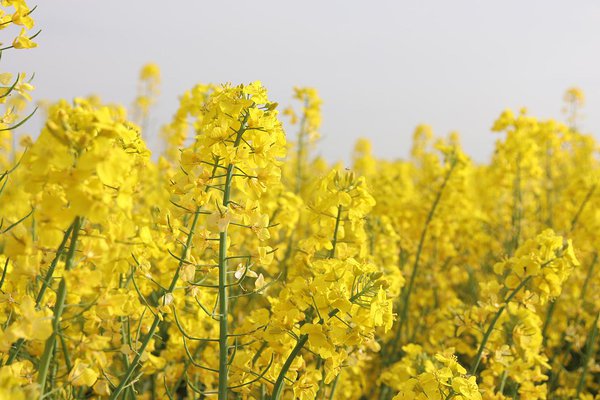Pollution removal with plants and microorganisms
It seems like we are in a never-ending race to match our energy-intensive lifestyles with advancements in pollution management. However, many of these pollutants are not anthropogenic and existed long before the Industrial Revolution. How then, were these compounds dealt with before we came along? The answer lies in the transformative powers of microbes and plants.
What sort of pollutants can plants degrade? Well, you name it. Heavy metals such as arsenic, cadmium, lead; air pollutants such as NOx, formaldehyde and SO2; pesticides, solvents, explosives and polychlorinated biphenyls will all lose in the battle against plants. And we aren’t talking of rare plants that grow in very specific conditions. The most simple and unassuming plants like ferns, hemp and mustard plants can get the job done.
Plants have a wide range of weapons in their arsenal that can be mustered up against heavy metals and other pollutants. One of the primary methods of degradation is called rhizosphere biodegradation whereby plants produce and release certain chemicals that enhance microbial degradation of soil pollutants. With the help of plants, microbes can consume the pollutants and excrete non-toxic by-products which remain in the environment without causing further destruction. Plants can also deal with pollution individually, without the help of microbes, in a process called phytosabilisation. Here, plants release chemicals that cause the pollutants to bind to soil particles, rendering them inert, meaning that they will not dissolve in water or react further to form more toxic compounds.
One of my favourite mechanisms is called phytoaccumulation. Here, plants take up organic compounds or heavy metals and store them in their cells. Once the uptake limit is reached, plants are removed from the polluted site and treated as hazardous waste (typically incineration). In comparison to the last mechanisms, for which every plant should receive an award for self-sacrifice and bravery, phytovolatilization relocates the pollutant. This is done via absorption through the roots. The pollutant travels upwards through the stem of the plant, undergoing several reactions as it diffuses through cell membranes. As a result, a different, less toxic compound is released through the leaves.
The removal and treatment of polluted soil can be a technologically challenging and costly process. Furthermore, such operations have the risk of causing damage to sensitive areas. Phytoremediation can be applied in heavily polluted areas, but it is a time-consuming process. If the contamination takes place in a non-sensitive area and time is not a limiting factor, due to nearby wildlife sanctuaries or risk to drinking water pollution, then plants are worthy candidates to remove pollution at a low cost.
And on that note we wish all of our dear readers a fantastic beginning of the new decade!
References
https://pubs.acs.org/doi/full/10.1021/acs.est.5b04113#
https://www.sciencenews.org/article/chinese-brake-fern-arsenic-fronds
 lines
lines 